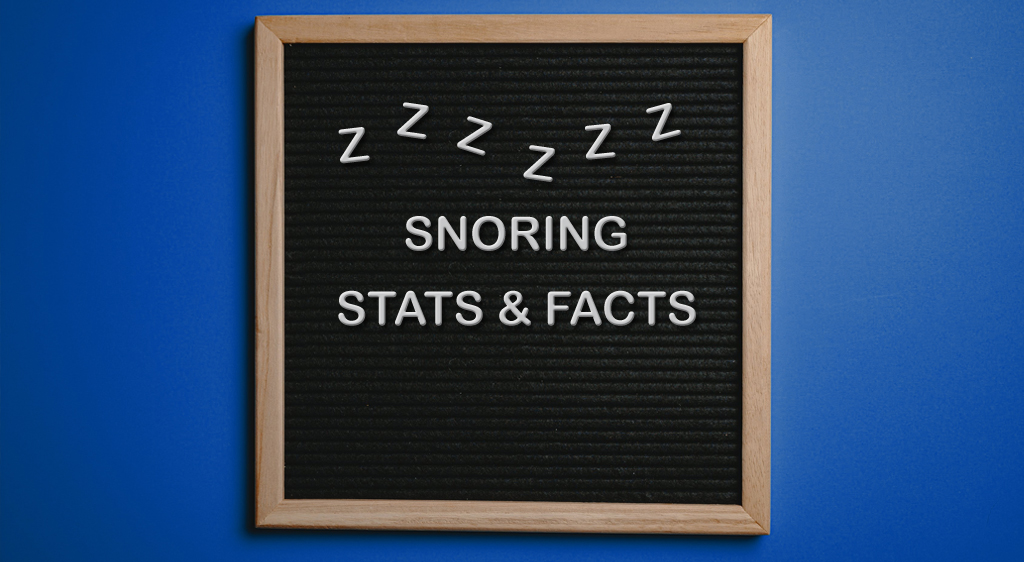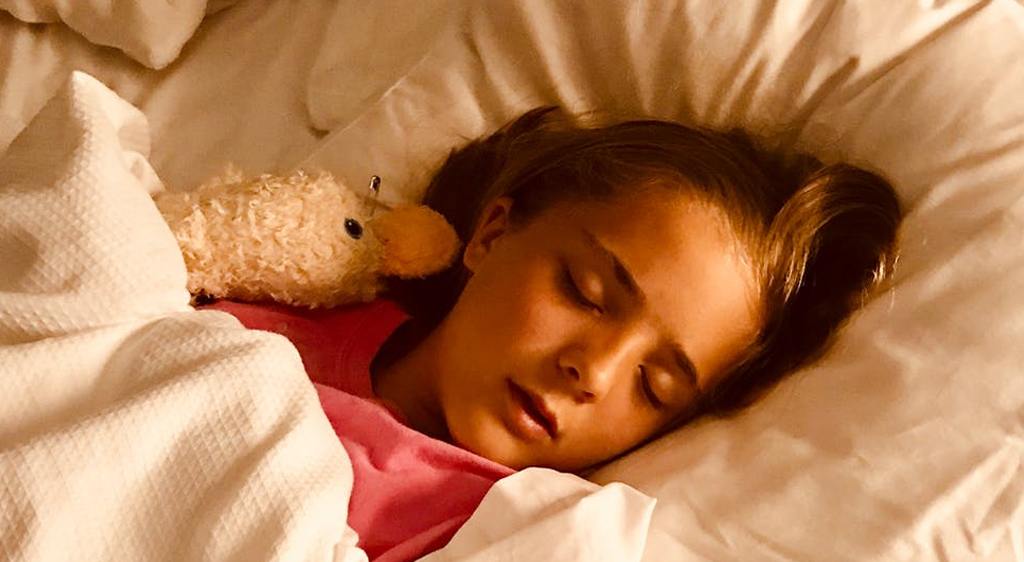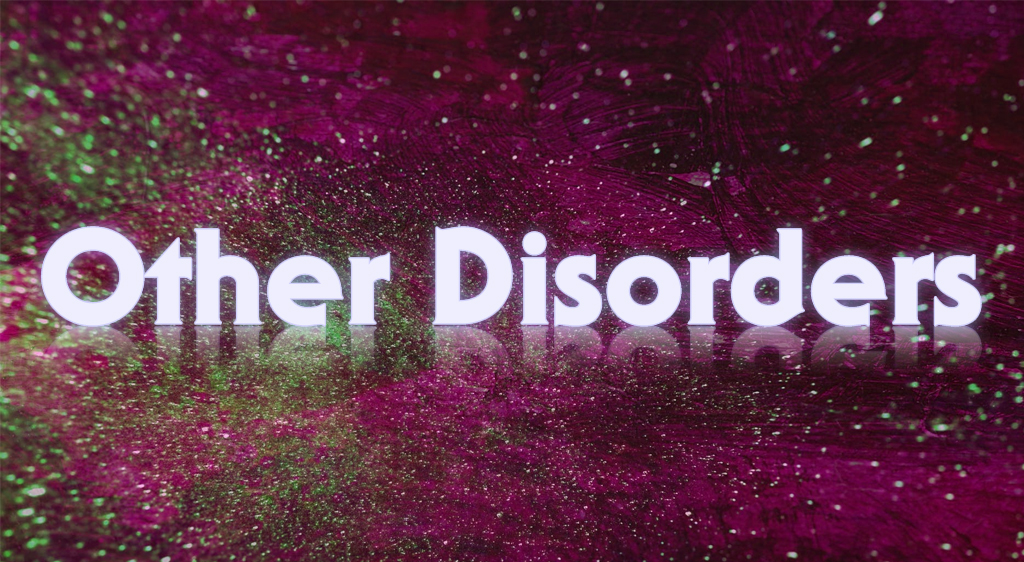Mattresses
SHOP STANDARD SIZES
SHOP STANDARD SIZES
SHOP BY TYPE
SHOP BY BRAND
RV Mattresses
Adjustable Beds
Shop By Brand
Shop By Size
Oversized Beds
Snoring Statistics
The opinions you get when you see someone snoring can range from funny to annoying. The internet is filled with videos of hilarious snorers who sound like lawnmowers and squeaky toys. At the same time, there are also people who make you feel tranquil when they are sleeping, but you get a sudden urge to slap them once they start snoring. Whichever the case may be, snoring can be a serious health problem if it occurs severely and frequently.
The Most Surprising Snoring Statistics
- About 50% of people snore at some point in their lives.
- Nearly 60% of children hare can snorer at some point in 12 months.
- Nearly 8% of children are habitual snorers.
- Less than 1% of child snorers experience sleep disturbances.
- Around 30% of the elderly snore.
- Up to 95% of snorers have sleep apnea.
- There is a 40% higher chance of early death in people who snore because of sleep apnea.
(Sleep Education), (National Center for Biotechnology Information), (Everyday Health)
General Snoring Statistics and Facts
1. Snoring statistics show that up to 40% of adult men and up 24% of adult women are habitual snorers.
Snoring is commonly a loud and harsh sound that a person makes when they sleep. When you sleep, the tissues of your tongue, throat, and in the roof of your mouth relax. This relaxation can partially block the airway, so when you breathe, the airflow can make these tissues vibrate. The narrower the airway, the more intense the vibrations, and thus the louder the snore.
(Sleep Education), (Mayo Clinic)
2. Less than 10% of people aged between 17 and 29 years snore.
Likewise, more than 40% of people over 50 years of age snore. Sleep changes as we get older, which can make snoring worse. One reason why snoring becomes worse is we lose muscle tone when we age, including muscle tone in the upper airway. This makes the tissues in the roof of our mouth more prone to vibrations.
(Snore Lab), (Next Avenue)
3. A study found that people who reduce their BMI to 25 kg/m2 can reduce snoring.
There are strong connections between obesity and snoring. Fat around the neck area can compress the upper airway, especially when you are lying down. This causes louder vibrations and louder snores as the air forces its way as you breathe. Moreover, fat on the belly and chest can compress the diaphragm and ribcage, respectively. These events compress the lungs and restrict air. As a consequence, the muscles around the throat collapse.
(Snore Lab), (Dr. Amitabh Shukla)
4. Snoring is the number 1 sign of obstructive sleep apnea.
Obstructive sleep apnea (OSA) is a condition in which complete and partial obstructions repeatedly occur in the upper airway. Around 3 to 7% of adult men and 2 to 5% of adult women have OSA. OSA can increase the risk of other diseases, particularly cardiovascular diseases.
(Michigan Medicine), (Dr. KarlFranklin and Dr. Eva Lindberg)
5. About 15 to 20% of children snore.
Snoring is common in children. Minor reasons of snoring in children include respiratory infection. A stuffy nose during sleep forces children to breathe through their mouths, which can lead to snoring. However, a more serious cause is large tonsils and adenoids. These swollen glands can block the airway, making breathing difficult for the children.
(The Royal Children’s Hospital Melbourne), (Alaska Sleep Clinic)
6. Snoring statistics show that about 1 to 3% of children not only snore but also suffer from sleep-disordered breathing.
When children not only snore but also gasp or pause in breathing, the child may have OSA. OSA occurs in 2 to 3% of children between the ages of 1 and 9 years.
(Alaska Sleep Clinic), (Sleep Foundation)
7. Habitual snoring (HS) is defined as snoring for at least 3 nights in a week.
HS is also strongly associated with OSA. Even without OSA, HS is associated with health and social consequences including sleep fragmentation, family discord, excessive daytime sleepiness, and the development of systemic hypertension in people aged 50 years or younger.
(Dr. Siraj Wali)
8. Habitual snoring is present in about 44% of males and 28% of females who are between 30 and 60 years old.
On the other hand, around 45% of the general adult population are occasional snorers. Occasional snoring is not a cause of concern and does not occur throughout the night.
(James Rowley MD), (Cleveland Clinic)
Snoring in Children
9. Snoring statistics show that children who are habitual snorers increased from 6.6% in 1-year-olds to 13% in 4-year-olds.
This study surveyed nearly 7,000 children between 1 and 4 years old in the UK. HS in children can predispose them to other health problems such as poor physical growth, emotional and behavioral problems, neurocognitive impairment and decreased academic performance, and cardiovascular abnormalities.
(Dr. C.E. Kuehni), (National Center for Biotechnology Information)
10. A study found that children with a BMI equal to or greater than the 90th percentile have more than 4 times the risk for habitual snoring than children with a BMI less than the 75th percentile.
In this study, the 75th and 90th percentiles of the BMI were 19.0 and 21.4, respectively. Moreover, the study found that 1 in 4 obese boys and girls snored habitually.
(Michael Urschitz, MD)
11. Children have a 43 or 106% chance of being habitual snorers if one or both of their parents smoke, respectively.
The risk is stronger for 1-year-olds, who have a 110 or 214% if one or both of their parents smoke, respectively. Another study found that children are more likely to become habitual smokers if their parents smoke 10 or more cigarettes in a day.
(Dr. C.E. Kuehni), (Michael Urschitz, MD)
12. Children whose mother smoked while she was pregnant with them have a 110% higher chance of being habitual smokers.
More recently, another group of researchers also had similar results. They analyzed 24 studies on habitual snoring in children exposed to tobacco smoke. They concluded that children exposed to smoke while their mother was pregnant with them were almost twice as likely to be habitual snorers.
(Dr. C.E. Kuehni), (Journal of Epidemiology & Community Health)
13 Children from low-income families have a 46% higher chance of being habitual smokers.
Researchers also observed that socio-economic status is a risk factor for HS in children. Besides family income, parental education also seems to be a factor.
(National Center for Biotechnology Information)
14. Children whose father only finished high school have a 14% higher chance of being habitual snorers.
Likewise, children whose father only finished middle school or lower have a 38% higher chance of being HS. In a separate study, low maternal education also increases the risk of children being HS by 130%.
(National Center for Biotechnology Information), (Michael Urschitz, MD)
15. Children who regularly breathe through their mouth are more than 7 times more likely to being HS.
Breathing through the mouth only becomes necessary when there is nasal congestion or during strenuous physical activity. However, some people develop a habit of breathing through their mouth. This habit can cause the jaw and mouth to be in a position that does not support breathing during sleep, leading to snoring.
(Michael Urschitz, MD), (Medical News Today)
16. Children who snore are 2 times more likely to have other respiratory disorders such as asthma.
A separate study in Istanbul also found that children who are HS are nearly 17 times more likely to have apneas and nearly 18 times more likely to have breathing difficulties.
(WebMD), (Refika Ersu, MD)
Snoring and other Health Disorders
17. Snoring statistics show that people who snore have a 50% higher chance of also having asthma-related symptoms.
Moreover, people with asthma-related symptoms have a 120% higher chance of having sleep apnea. Asthma and its symptoms may cause snoring and sleep apnea. The higher drive to breathe while asleep during active asthma could lead to higher upper airway suction pressures and thus to snoring.
(Science Direct)
18. A study found that gastroesophageal reflux disease (GERD) was present in 32% of people who snore.
Gastroesophageal reflux disease is a disorder of the digestive system. It happens when acidic stomach juices or food and fluids back up from the stomach into the esophagus. Similarly, this study also found that nearly 40% people with GERD also had OSA.
(Dr. Ozen Basoglu)
19. A study found that respiratory symptoms were present in 79% of snorers with nocturnal gastroesophageal reflux.
These symptoms include wheezing, nocturnal chest tightness, breathlessness at rest or after effort, nocturnal breathlessness, nocturnal cough, morning cough, and morning phlegm.
(European Respiratory Journal)
20. Snoring statistics show that snorers have a 24% higher chance of coronary heart disease and angina.
The link between snoring and cardiovascular diseases is mostly due to airway obstruction and the co-presence of sleep apnea. The obstructed airflow triggers chemical changes in the body that ultimately leads to cardiovascular abnormalities such as high blood pressure and irregular heart rates.
(Scince Direct), (Michigan Medicine)
21. People who snore have 2 times the risk of developing rheumatoid arthritis.
The link between snoring and rheumatoid arthritis is stronger in cases of sleep apnea with snoring. Rheumatoid arthritis is a condition of chronic inflammation in the joints. Chronic sleep apnea can lead to inflammation in blood vessels throughout the body.
(Oxford Academic)
22. People with an apnea-hypopnea index (AHI) of less than 5 have snores that are 46 decibels.
The AHI is the number of times people have apnea or hypopnea in one night, divided by the hours of sleep. This same study also found that snores can be as high as 60.5 decibels in people with AHI greater than 50. This study shows that the intensity of the snore increases with the severity of obstructive sleep apnea.
(Dr. Nimrod Maimon and Patrick Hanly, MD)
23 People with depression have a 57% higher chance of snoring.
Cases of depression are more prevalent in sleep-disordered breathing with snoring. Patients would feel fatigued, hopeless, and inadequate. These emotions would be exacerbated when the SDB causes sleep disturbances.
(Science Direct), (Sleep Foundation)
24. A study with snoring statistics found that people who regularly snore can have a 103% higher chance of type II diabetes.
This same study also found that those who occasionally snore have a 41% chance of type II diabetes. Snoring, especially sleep apnea with snoring, can trigger abnormalities in insulin action and glucose regulation. In particular, obstruction of the upper airway can lower oxygen levels. This event can increase the levels of the stress hormones catecholamine and cortisol and lead to insulin resistance.
(American Journal of Epidemiology)
25. People who snore can have as much as 2.6 times the chance of having hypertension.
This study found that persistent snoring could predict if men between 30 and 49 years old would develop hypertension. Moreover, a separate study found that men and women who habitually snore have a 49 and 56% higher chance of developing hypertension.
(European Respiratory Journal), (American Journal of Hypertension)
Remedies
26. Fortunately, there are several ways to reduce and even stop snoring. The methods depend on what causes snoring.
These methods include weight loss, sleeping on your side, raising your head when you sleep, avoiding alcohol close to sleeping time, and treating nasal congestion.
(Mayo Clinic), (Health Line)
Conclusion
Although many people, including some health professionals, would brush off snoring as a benign inconvenience, it can be a sign of a more serious disorder. If snoring is already getting in the way of restful sleep, then this may be a sign to seek medical attention.
References
Sleep Education:
http://sleepeducation.org/essentials-in-sleep/snoring/overview-and-facts
Kuehni et al., 2008:
https://pubmed.ncbi.nlm.nih.gov/18032441/
Adebusoye et al., 2014:
https://www.ncbi.nlm.nih.gov/pmc/articles/PMC4393998/
Romero-Corral et al., 2010:
https://www.ncbi.nlm.nih.gov/pmc/articles/PMC3021364/
Everyday Health:
https://www.everydayhealth.com/news/eleven-health-risks-snoring/
Mayo Clinic:
https://www.mayoclinic.org/diseases-conditions/snoring/symptoms-causes/syc-20377694
Snore Lab:
https://www.snorelab.com/age-and-snoring/
Shukla et al., 2013:
https://www.ncbi.nlm.nih.gov/pmc/articles/PMC3644827/
Snore Lab:
https://www.snorelab.com/overweight-and-snoring-a-vicious-circle/11
Michigan Medicine:
https://healthblog.uofmhealth.org/childrens-health/signs-your-childs-snoring-should-be-taken-seriously
Franklin and Lindberg, 2015:
https://www.ncbi.nlm.nih.gov/pmc/articles/PMC4561280/
The Royal Children’s Hospital Melbourne:
https://www.rch.org.au/kidsinfo/fact_sheets/Childhood_obstructive_sleep_apnoea_OSA/
Alaska Sleep Clinic:
https://www.alaskasleep.com/blog/child-snoring-causes-symptoms-treatments
Sleep Foundation:
https://www.sleepfoundation.org/articles/snoring-children
Wali et al., 2015:
https://www.ncbi.nlm.nih.gov/pmc/articles/PMC4549587/
Rowley et al., 2019:
https://www.uptodate.com/contents/snoring-in-adults
Cleveland Clinic:
https://my.clevelandclinic.org/health/symptoms/15580-snoring
Kuehni et al., 2008:
https://erj.ersjournals.com/content/31/2/326.long
Li et al., 2010:
https://www.ncbi.nlm.nih.gov/pmc/articles/PMC2967531/
Urschitz et al., 2004:
https://www.medscape.com/viewarticle/488979_3
Sun et al., 2018:
https://jech.bmj.com/content/72/11/1064
Medical News Today:
https://www.medicalnewstoday.com/articles/31948724
WebMD:
https://www.webmd.com/baby/news/20030811/children-snore-asthma
Ersu et al., 2004:
https://linkinghub.elsevier.com/retrieve/pii/S0012-3692(15)32889-026
Ekici et al., 2005:
https://www.sciencedirect.com/science/article/pii/S0012369215529012?via%3Dihub
Basoglu et al., 2014:
https://link.springer.com/article/10.1007%2Fs11325-014-1051-4
Emilsson et al., 2019:
https://openres.ersjournals.com/content/5/2/00010-2019
Fall et al., 2015:
https://www.sciencedirect.com/science/article/abs/pii/S0012369216369495?via%3Dihub
Michigan Medicine:
https://healthblog.uofmhealth.org/heart-health/how-chronic-snoring-can-cause-heart-disease
Taylor-Gjevre, et al., 2012:
https://academic.oup.com/rheumatology/article-abstract/52/1/15/1828140
Maimon and Hanly, 2010:
https://www.ncbi.nlm.nih.gov/pmc/articles/PMC2952752/
Sleep Foundation:
Al-Delaimy et al., 2002:
https://academic.oup.com/aje/article-abstract/155/5/387/171280
Lindberg et al., 1998:
http://erj.ersjournals.com/cgi/pmidlookup?view=long&pmid=9623692
Kim, et al., 2007:
https://academic.oup.com/ajh/article-abstract/20/8/819/182316
Mayo Clinic:
https://www.mayoclinic.org/diseases-conditions/snoring/diagnosis-treatment/drc-20377701
Health Line:
https://www.healthline.com/health/snoring-remedies
© 2025 Rest Right Mattress. All Rights Reserved.




